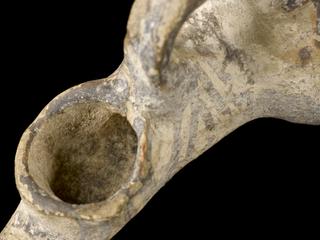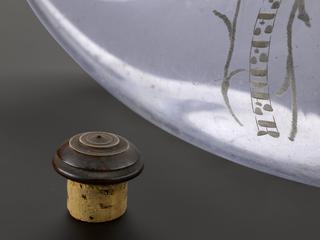
Protective leather and chain mail mask
- Made:
- 1917-1918 in United Kingdom






Protective mask, commonly referred to as a ‘splatter’ or ‘splash’ mask, with leather and chain mail face covering and slitted metal eye shields, worn by tank crews during the First World War, British, 1917-1918.
The industrialised weaponry of the First World War (1914-1918) could take a terrible toll on the bodies of those who fought in it. Faces were particularly vulnerable and soldiers dreaded serious facial wounds. Despite advances in practice, the treatments offered by the then fledgling discipline of plastic surgery could often provide only limited results.
British personnel manning the early armoured tanks increasingly appearing on the Western Front battlefields of France and Belgium from late 1916 were also in danger of receiving facial injuries. Although tanks were encased in thick armour plate, the impact from high explosives could cause a spray of ricocheting hot metal fragments within the confined space of the vehicles. This so-called ‘splatter’ or ‘splash’ mask, with slitted metal eye shields and leather and chain mail face covering was designed to protect the faces of those British tank crews.
Details
- Category:
- Therapeutics
- Collection:
- Sir Henry Wellcome's Museum Collection
- Object Number:
- A75825
- Materials:
- mask, leather, fittings, iron and straps, canvas
- Measurements:
-
overall: 143 mm x 160 mm x 60 mm, .29 kg
- type:
- mask
- credit:
- Ogden, J.R.




